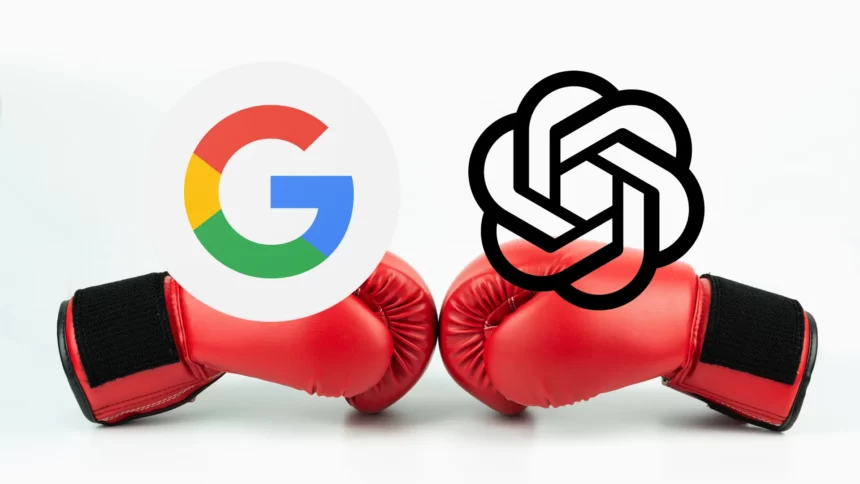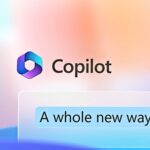Google is rushing to get in on the conversational AI fad that has recently gained popularity thanks to OpenAI’s ChatGPT. “Combining the richness of the world’s information with the strength, intellect, and creativity of our huge language models” is the company’s stated goal for its new artificial intelligence bot, Bard. It’s obvious that Google has a lot of ambition.
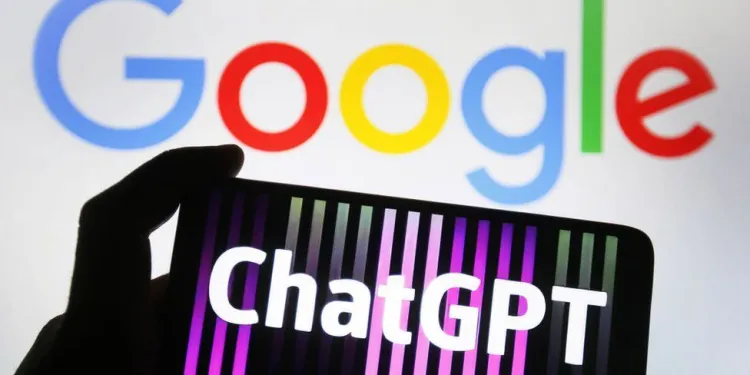
Help[s] explain fresh NASA’s James Webb Space Telescope discoveries to a 9-year-old, or learn more about the finest strikers in football right now, and then receive workouts to enhance your talents
Says Bard
In a blog post, CEO Sundar Pichai revealed the service or AI chatbot, as one may want to call it. He points out Google’s recent emphasis on AI and the fact that its researchers came up with the Transformer, which has the greatest influence, in 2017.
Working on these technologies at this time, Pichai adds, is “very exciting as we transform deep research and breakthroughs into products that genuinely assist people.” Fans of Google are likely wondering how the company was able to fall so far behind OpenAI, which is now known for using the technology that the former pioneered.
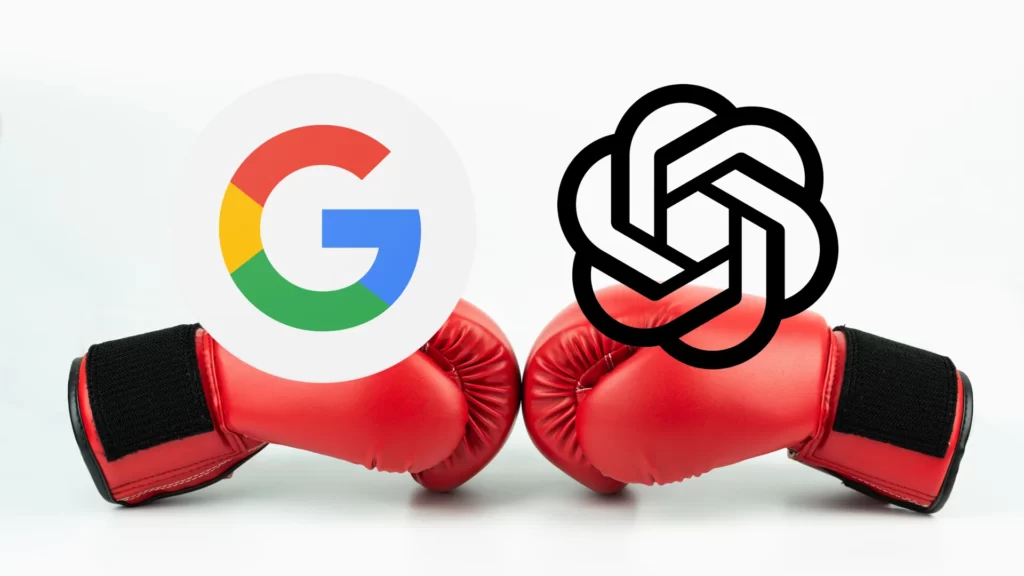
The short explanation is that OpenAI focused on creating the best models and left users to come up with their own applications, whereas Google released paper after paper trying to figure out how to integrate AI into its existing business strategy. The problem is that while technology advances quickly, tech companies—especially well-established ones—move slowly, especially if they must take into account their stockholders, legacy, and reputation.
For testing purposes, Bard shows Google supplying a “lightweight” variant of the model. To enable conversational AI that can also access web data, the model makes use of Google’s own LaMDA (Language Model for Dialogue Applications).
The blog post doesn’t explain how it does this, but it seems to maintain some kind of updating. “Help[s] explain fresh NASA’s James Webb Space Telescope discoveries to a 9-year-old, or learn more about the finest strikers in football right now, and then receive workouts to enhance your talents,” says Bard.
Google, of course, maintains the most recent record of web content on the globe, and there is little doubt that Bard will take advantage of that knowledge, but it won’t be clear how it will process and present that information for you and your nine-year-old until people begin using it.
According to the website, you can also use Bard to “plan a friend’s baby shower,” “compare two Oscar-nominated movies,” and “plan a trip to Ecuador.” The vast amount of search results and data firehoses that Google has access to may enable an AI model to perform any of these tasks, but this experiment will probably be limited to providing you with information rather than developing intricate integrations with things like your calendar or airlines.
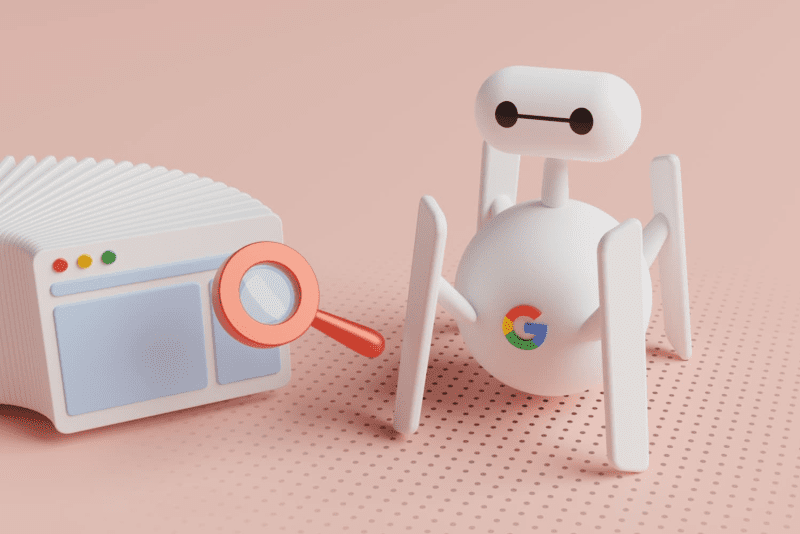
Naturally, every conversational AI will have to deal with the inevitable (and now almost instant) attempts to trick it into saying something offensive, foolish, or embarrassing. Google will probably record user conversations “to ensure Bard’s responses satisfy a high standard for quality, safety, and groundedness in real-world knowledge,” according to the company. The latter is undoubtedly a shot across the bows of OpenAI and Microsoft, whose models don’t acknowledge their origins and whose Galactica is infamous for inventing them.
Bard will be more directly integrated into Google Search through a variety of new features that “may help synthesise solutions for problems where there is no one right answer.” The ability to quickly see the broad picture and learn more from the web will be made possible by AI-powered Search capabilities that will be available soon, the company said in a separate email.
The example given is someone asking “Is piano or guitar simpler to learn and how much practise does each need,” yet there is little doubt that others would question it in other forms of the Trolley Problem.
Not an ethically contentious subject (for the majority), but also not one with an obvious solution. Google may, however, just suck things up and push them to the top of the search results if there is some kind of consensus on the difficulty in a hundred articles comparing the various learning rates of instruments, with numerous disclaimers and recommendations being prevalent.






